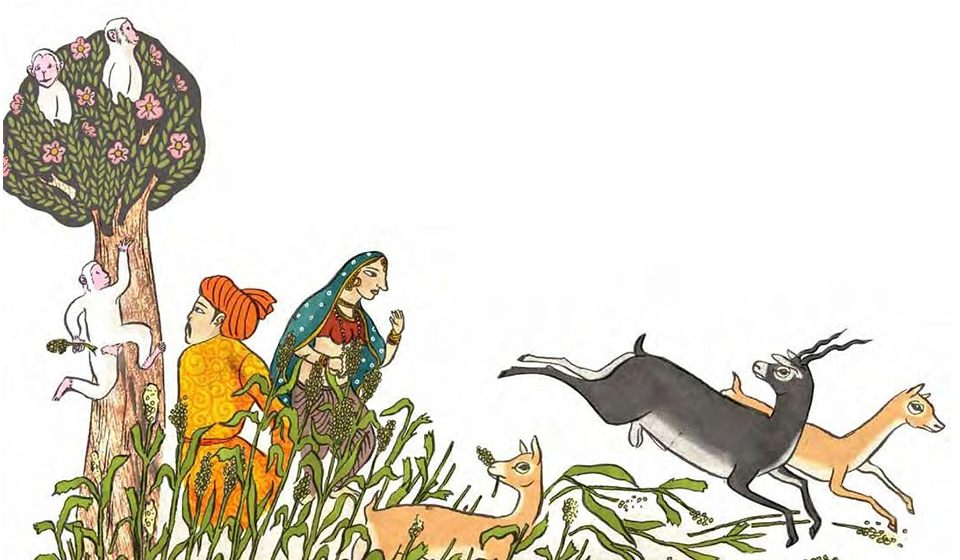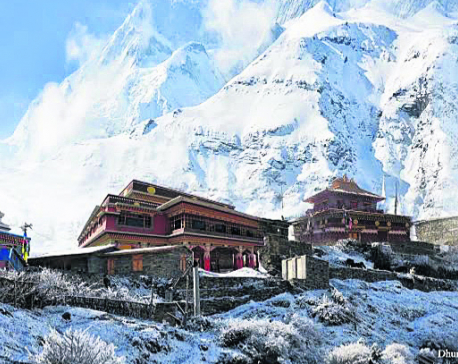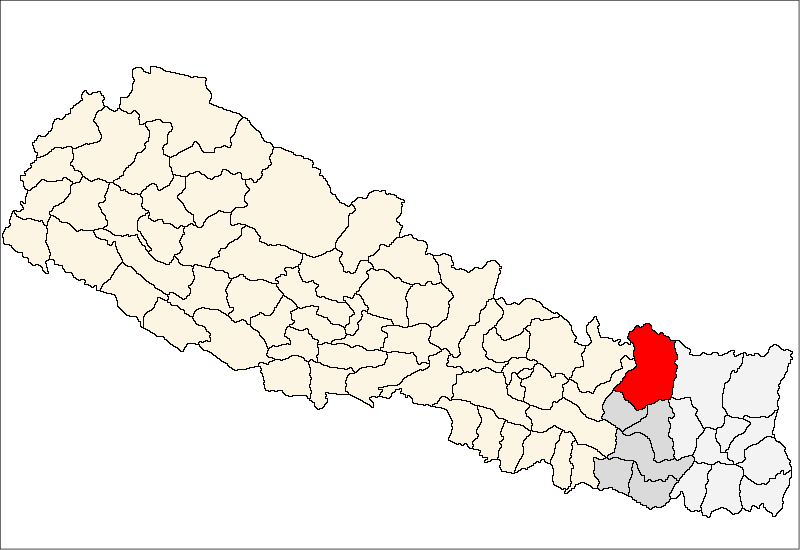
OR
Blog
A successful community-based approach to wildlife conservation in Nepal
Published On: April 3, 2023 10:10 AM NPT By: Hemanshu Kafle

During the 1960s, Nepal experienced a significant decrease in its one-horned rhino population due to widespread poaching that brought them on the brink of extinction. Nonetheless, concerted efforts from various stakeholders including the Government, Nepalese Army, local communities, and several NGOs and INGOs have resulted in remarkable progress towards restoring their numbers. According to the latest wildlife conservation report, the population of one-horned rhinos in Nepal has increased by 16% over the past six years, reaching 752 in the latest census.
In 2010, Nepal collaborated with twelve other countries committing to double their wild tiger populations by 2022. Stringent conservation measures have been implemented since then such as stringent patrolling of protected areas and community-driven anti-poaching initiatives which led to noteworthy improvements in Nepal's wildlife. Currently, it is evident that not only did Nepal achieve this ambitious goal but also surpassed the number of its wild tigers compared to ten years ago from 121 to 355.
Nepal's exceptional accomplishment in conservation is unparalleled globally, owing to its individual-based approach including the close monitoring of endangered species, data gathering, wildlife protection policies and strategies as required. Additionally, involving local communities in the decision-making process incentivizes them financially to preserve and safeguard wildlife within their jurisdiction, leading to a reduction in poaching activities targeting endangered animals. The Nepalese Army plays a significant role by actively managing protected areas and thwarting poaching attempts aimed at conserving precious biodiversity resources. This concerted collaboration has made Nepal a model example for wildlife conservation, providing an illustration to be emulated globally.
Despite Nepal's achievements in wildlife conservation, addressing persistent challenges is imperative. Human-wildlife conflict stands out as a major obstacle in the country's efforts toward conservation. Incidences of conflicts between wild animals and humans residing near protected areas are on the rise, resulting in crop damage or endangerment of human lives. To mitigate such negative impacts effectively, support for affected communities through financial aid and awareness programs aimed at coexistence with wildlife is essential. This requires implementing measures like erecting better fences or providing alternative livelihoods for those adversely impacted by animal-related activities while simultaneously reducing harm to both people and endangered species. Earlier last week (March 24-26) in Bardia National Park, Thakurdwara, the National Tiger Workshop was conducted with an aim to how best we can resolve the issue and one of the main suggestions added was to make people aware while going to tigers’ residing habitat.
In conclusion, Nepal offers a blueprint for a successful wildlife conservation model by prioritizing close monitoring of endangered species, community involvement in decision-making processes, and the active participation of the Nepalese Army in protecting precious biodiversity resources.
You May Like This

Health ministry confirms three new COVID-19 cases, number of total cases reaches 295
KATHMANDU, May 17: Nepal reported three new cases of COVID-19 on Sunday evening, taking the national tally to 295. ... Read More...

Dhurmus, Suntali to build ‘a Nepal within Nepal’
KATHMANDU, June 5: After successfully completing three settlement projects for earthquake victims and other communities, the actor couple Sitaram Kattel (Dhurmus)... Read More...

Nepal vs Kenya: Five crucial things Nepal looks for second match
KATHMANDU, March 12: Nepal is taking on Kenya on Monday in the second match of the ICC World Cricket League... Read More...




Just In
- NEA Provincial Office initiates contract termination process with six companies
- Nepal's ready-made garment exports soar to over 9 billion rupees
- Vote count update: UML candidate continues to maintain lead in Bajhang
- Govt to provide up to Rs 500,000 for building houses affected by natural calamities
- China announces implementation of free visa for Nepali citizens
- NEPSE gains 14.33 points, while daily turnover inclines to Rs 2.68 billion
- Tourists suffer after flight disruption due to adverse weather in Solukhumbu district
- Vote count update: NC maintains lead in Ilam-2














Leave A Comment